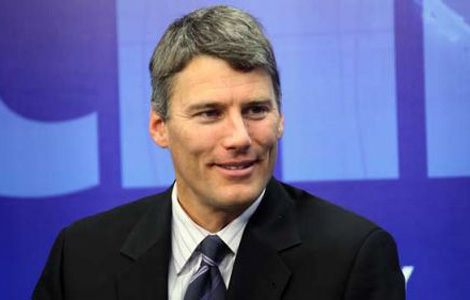New economic model breathes life into desert control
Updated: 2013-11-05 16:45
By He Yini (chinadaily.com.cn)
|
||||||||
|
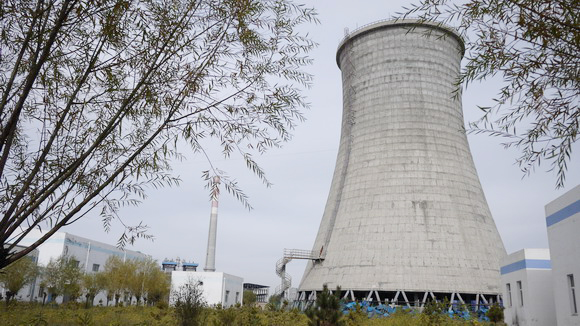 One of the company's biomass power plant is seen in Erdos, Oct 20, 2013. [Photo by He Yini / chinadaily.com.cn] |
"As much as we admit that there are enormous social benefits by mobilizing local people to green the desert, it won't be sustainable as long as the company is in a deficit," said Li Junyang, general secretary of the International Energy Conservation Environmental Protection Association, or IEEPA.
IEEPA, a non-governmental organization dedicated to energy conservation and sustainable development in China, has been a big player in pushing forward the company's low carbon drive while teaming up with the United Nations Industrial Development Organization (UNIDO).
On August 12, they jointly launched a project in Beijing to build an international green energy demonstration base in Erdos, in hopes to boost biomass energy development by integrating desert control and spirulina cultivation.
A silver lining
After eight years of struggling, the company has figured a way out to extend the value chain of biomass electricity generation, hoping to escape their financial mire and further cut carbon emissions.
|
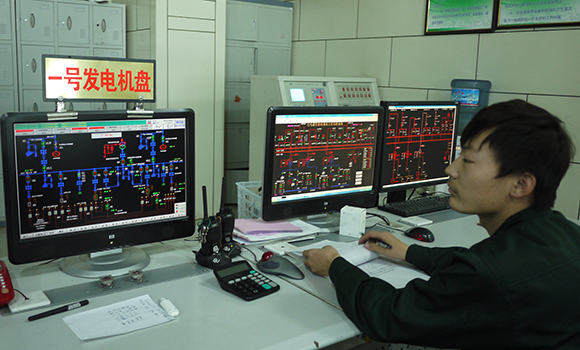 Worker is seen on duty at the control room of a biomass power plant in the company, Oct 20, 2013. [Photo by He Yini / chinadaily.com.cn] |
They began cultivating spirulina, a high-protein health-care product with a huge pent-up demand in China, by utilizing carbon dioxide emitted from burning psammophila since 2011.
"By normal practice, spirulina cultivation uses carbon dioxide released from dissolving lime stones, most of which will end up unutilized and escaping to the air due to the gas's low solubility in the water," Li Jinglu explained.
"But here we are capturing carbon already emitted from burning psammophila, while creating an alkaline water environment for it, where the gas's solubility will rise remarkably," he added.
He said this process could further cut carbon emissions by 150,000 tons a year, and uplift the products' quality in the meantime. "Such a practice is unprecedented worldwide."
According to Chen Yuchuan, general manager of the company, spirulina produced this way is free of lead, arsenic, and silicon. "That's the uniqueness of our products. They are safer, and smell better," he said.
Food safety has increasingly been a major concern among consumers in the country, and the Chinese authorities have been mulling a draft amendment to clean up and integrate the country's food safety standards in order to streamline the market.
Chen told China Daily that their products hit the market in October, earlier than expected. "I believe our products will eventually triumph and be a new catch in the market," he said.
"If spirulina products are successful, it will definitely be a shot in the arm because it is the key link to the whole economic chain in desert control," said Chen, adding that the company is banking on the products to generate more profits that could in turn underpin desert control.
Chen then explained how the new green and low carbon economic model works. The climbing sales of spirulina products will reduce carbon emissions, and encourage more biomass power generation that entails more psammophila to be grown from the sand land, thus equaling increased benefits for local people along with better desert control.

 Graduation celebration for Santas
Graduation celebration for Santas
 One World Trade Center deemed tallest US skyscraper
One World Trade Center deemed tallest US skyscraper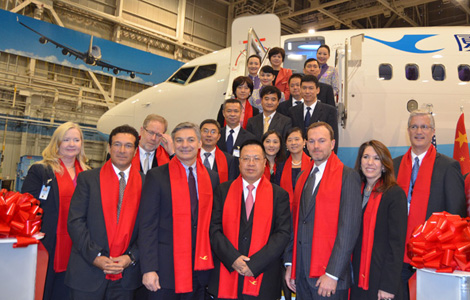
 Xiamen Airlines gets milestone 100th Boeing
Xiamen Airlines gets milestone 100th Boeing
 PANDA! set to debut in Las Vegas
PANDA! set to debut in Las Vegas
 Lest we repeat the horrors of the past
Lest we repeat the horrors of the past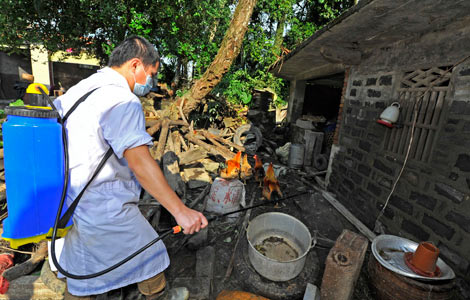
 Haiyan toll rises in Guangxi, Hainan
Haiyan toll rises in Guangxi, Hainan
 US honors its veterans with ceremonies, parades
US honors its veterans with ceremonies, parades
 Carnival season kicks off in Cologne
Carnival season kicks off in Cologne
Most Viewed
Editor's Picks

|

|

|

|
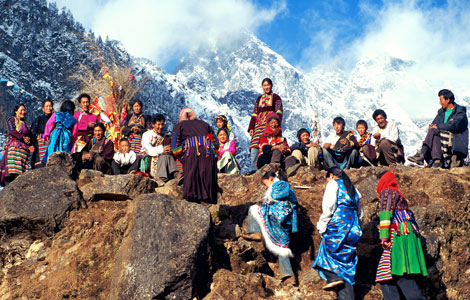
|
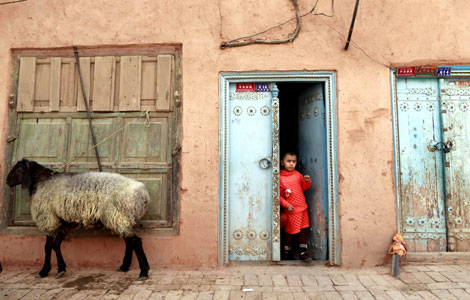
|
Today's Top News
World Bank head hails China's reform plan
Renewable energy set to steam ahead
Xiamen Airlines gets milestone 100th Boeing
Alaskan seafood stars in Singles' Day
China and US should focus on the 'big picture'
Leadership charts path
China can curb pollution: UN
China, EU 'to launch investment treaty talks'
US Weekly

|

|

